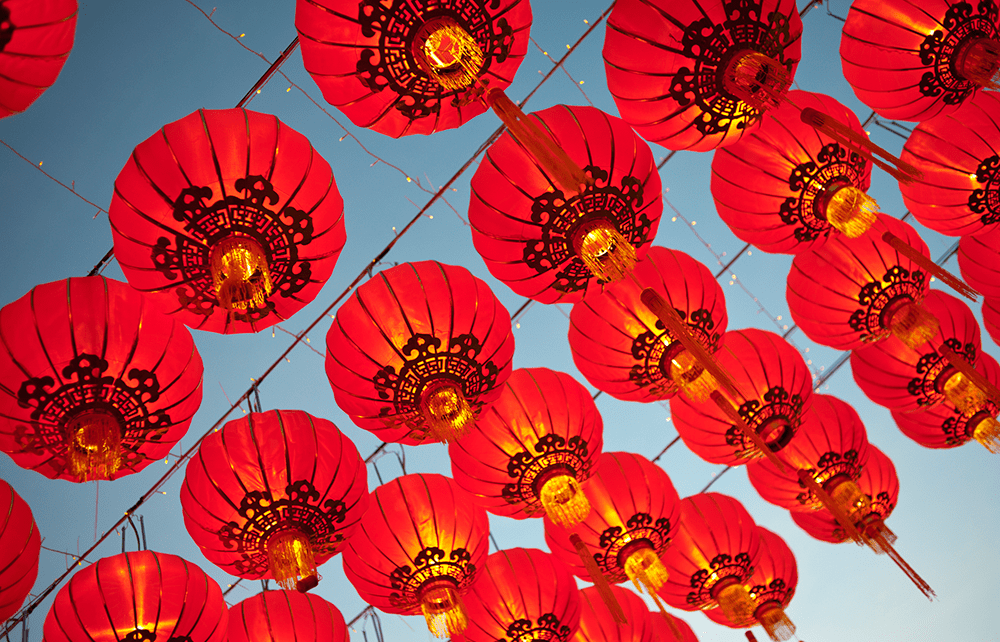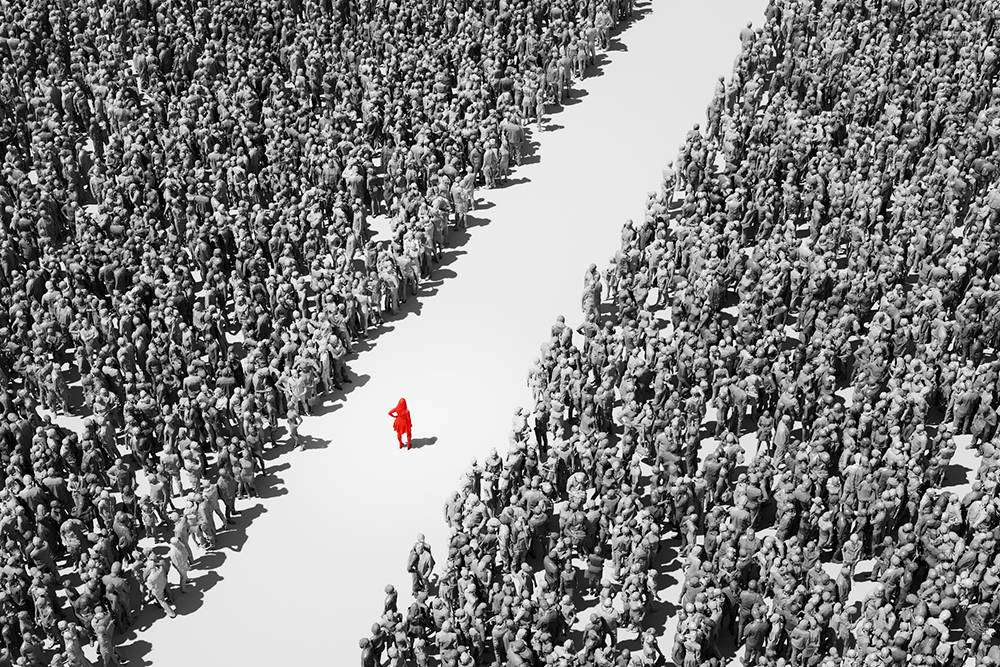I’ve heard people using back-to-back housing to mean terraces separated by back yards. But strictly, back-to-back houses are built against a party wall and face opposite ways. Byelaws after the passing of the Public Health Act 1875 prevented their continued construction.
In Birmingham, four of the city’s former thousands of back-to-backs are preserved by the National Trust off Hurst Street, which runs through the middle of what this year was officially designated Chinatown. I was surprised by the renaming because parallel designations are regarded as offensive. ‘Formerly often with negative connotations of criminality,’ says the Oxford English Dictionary of Chinatown, ‘but now typically used with more positive connotations.’ So that’s all right.
It is not so with Jewtown, which the OED says is ‘now potentially offensive even when used without derogatory intent’. One might think that Jewtown is not in common usage. It is in Cochin, or Kochi as it now calls itself, in India, where Jew Town, reached by the Jew-Town Road, occupies a square mile near the Mattancherry Palace. The buildings remain a tourist attraction, but of the centuries-old community only a handful of Jews remain.
Cork, Ireland, has had a Shalom Park since 1989 in the part of the city once known as Jewtown from the Lithuanian refugees from Russian pogroms in the late 19th century. Not many Jews remain there today and Jewtown is only used in an historical context.
American cities developed ethnic clusters known demotically by names such as Hunkytown, which apparently referred to immigrants of central European origin.
The Black Panther party is credited with popularising the variant honky to mean a white person. Matters of giving offence depend on who’s in charge.






Comments